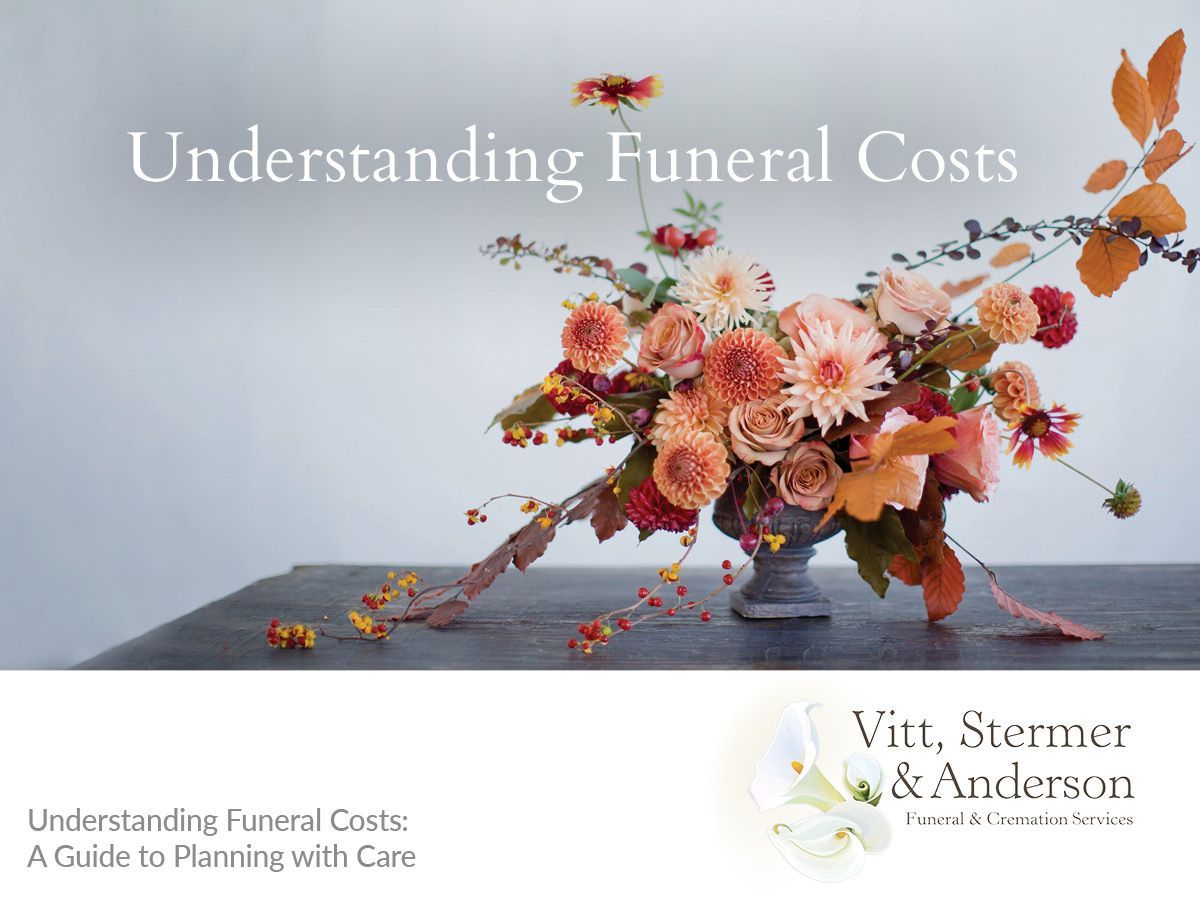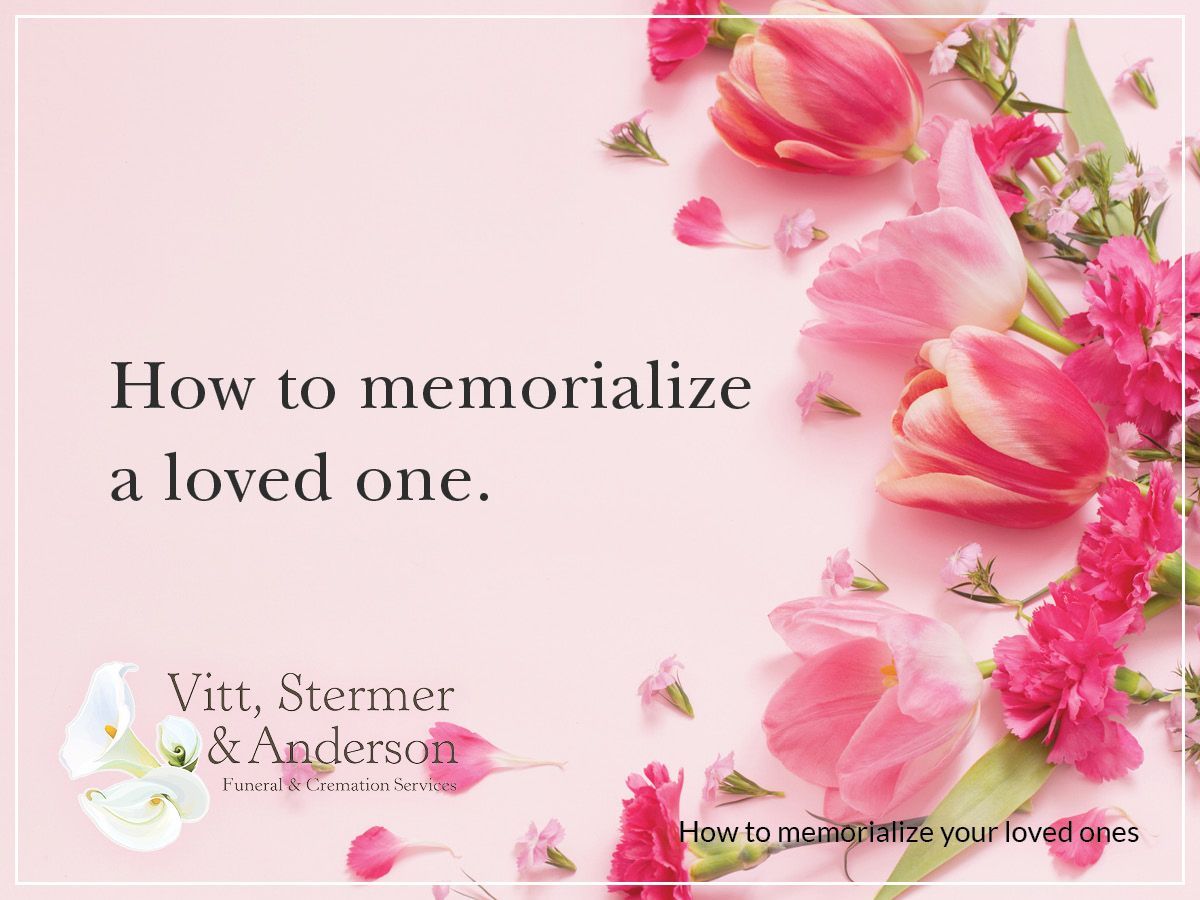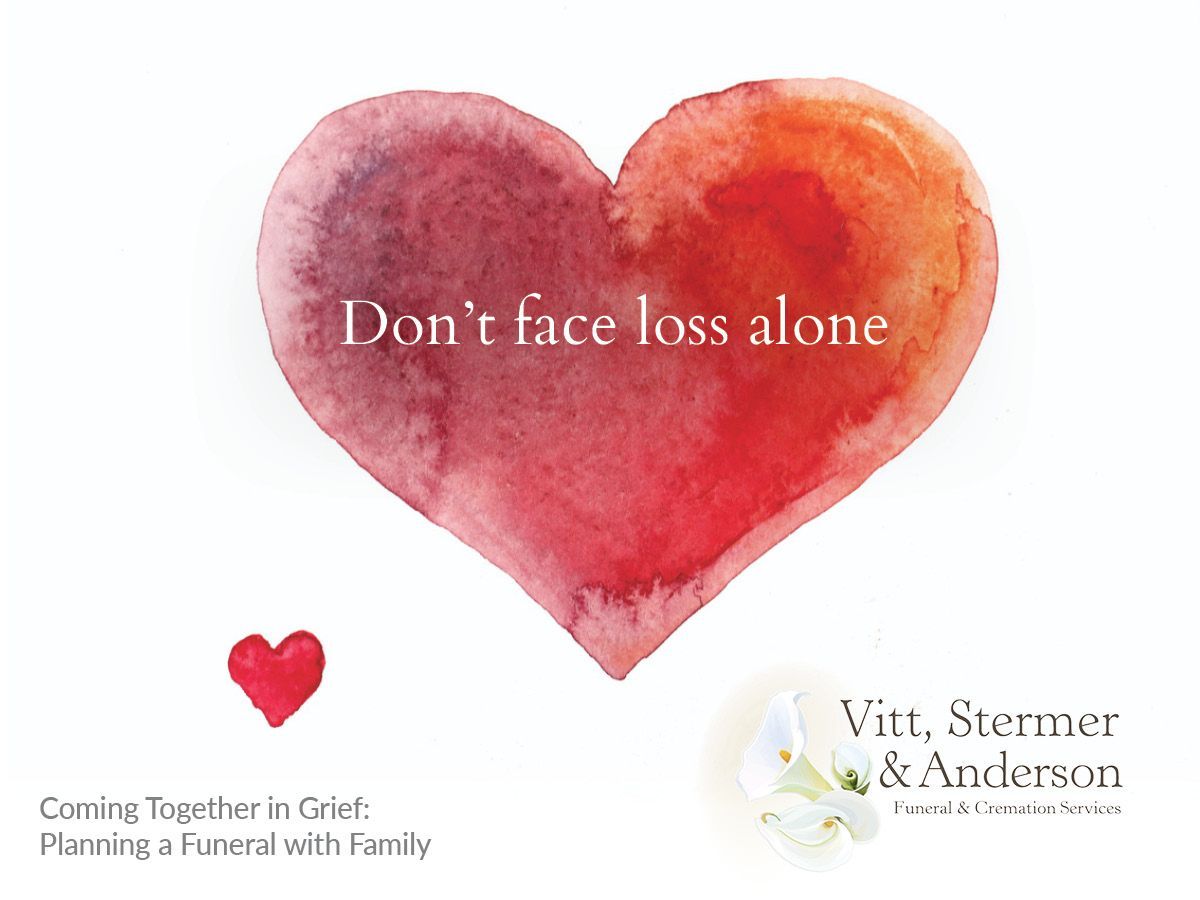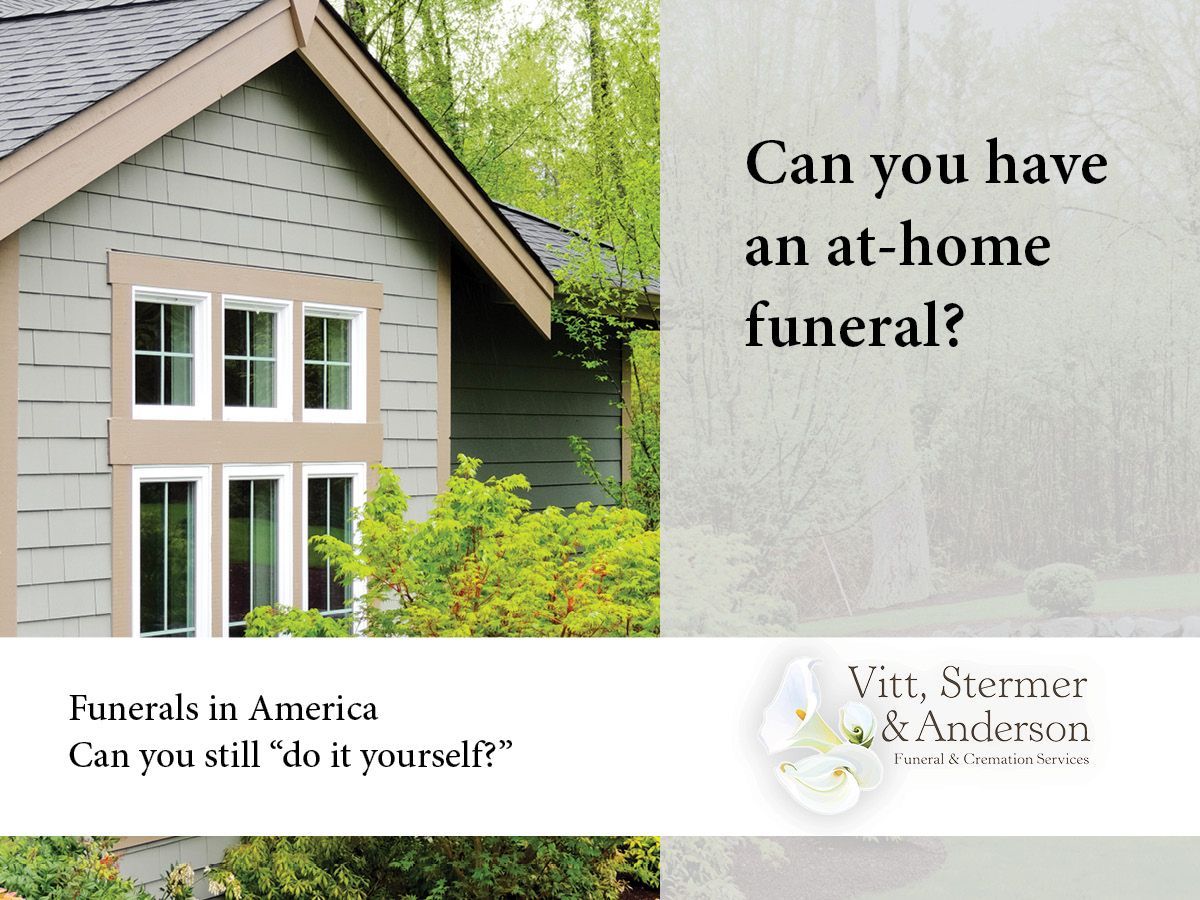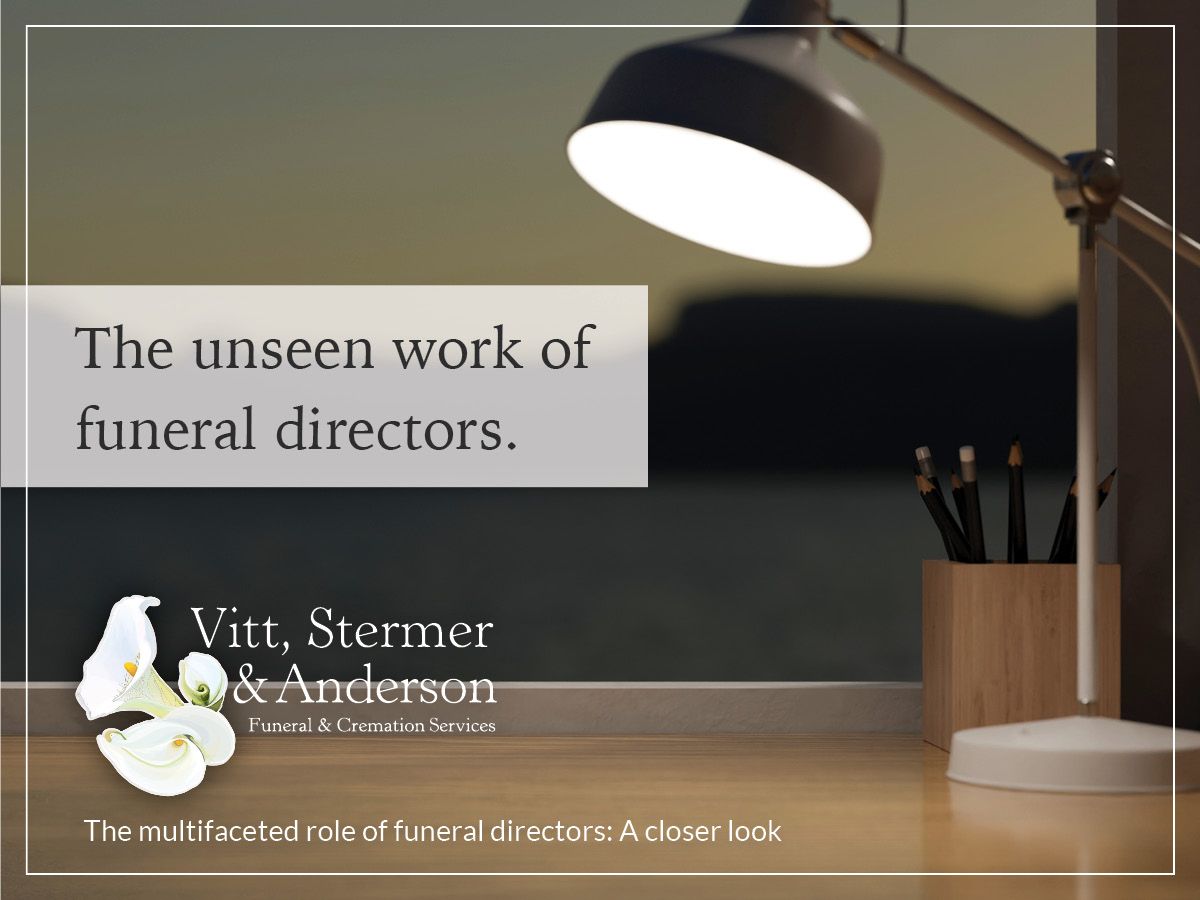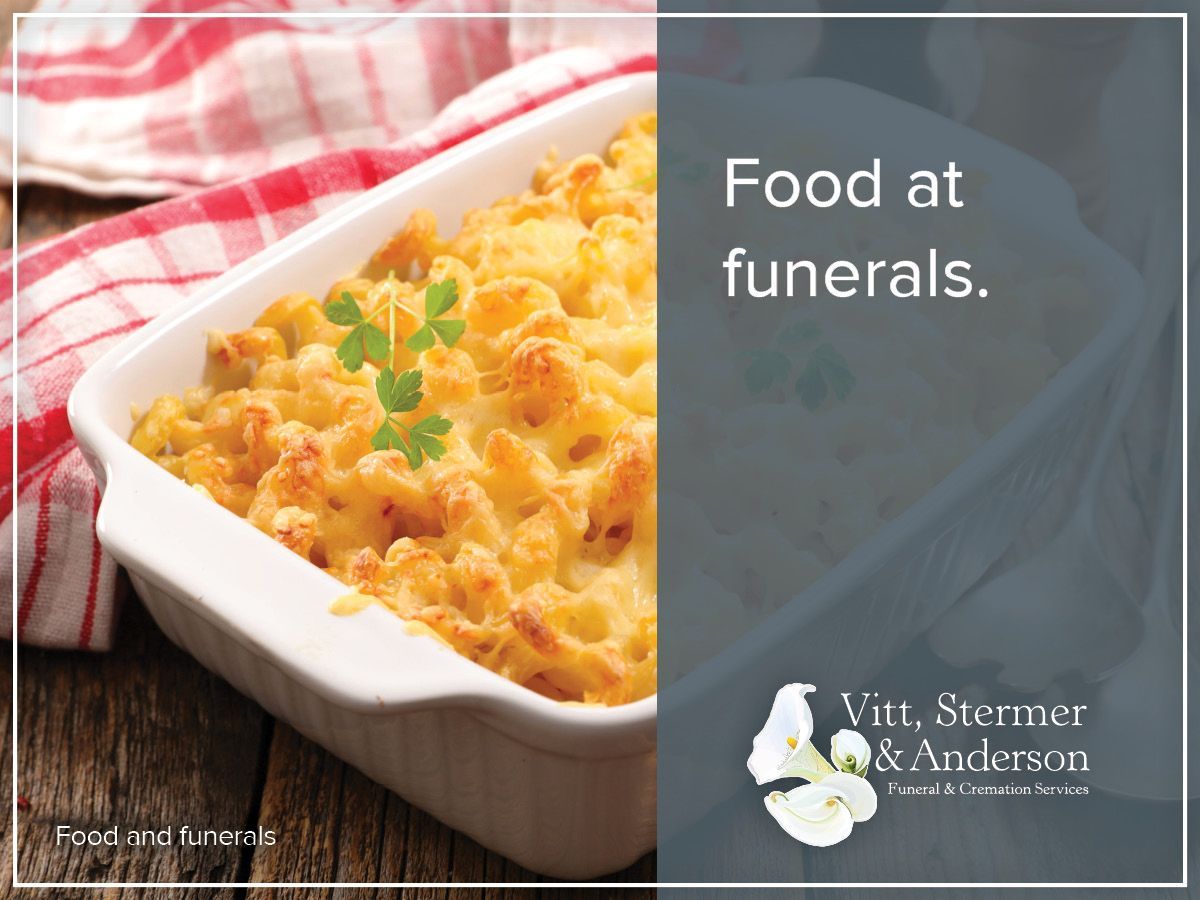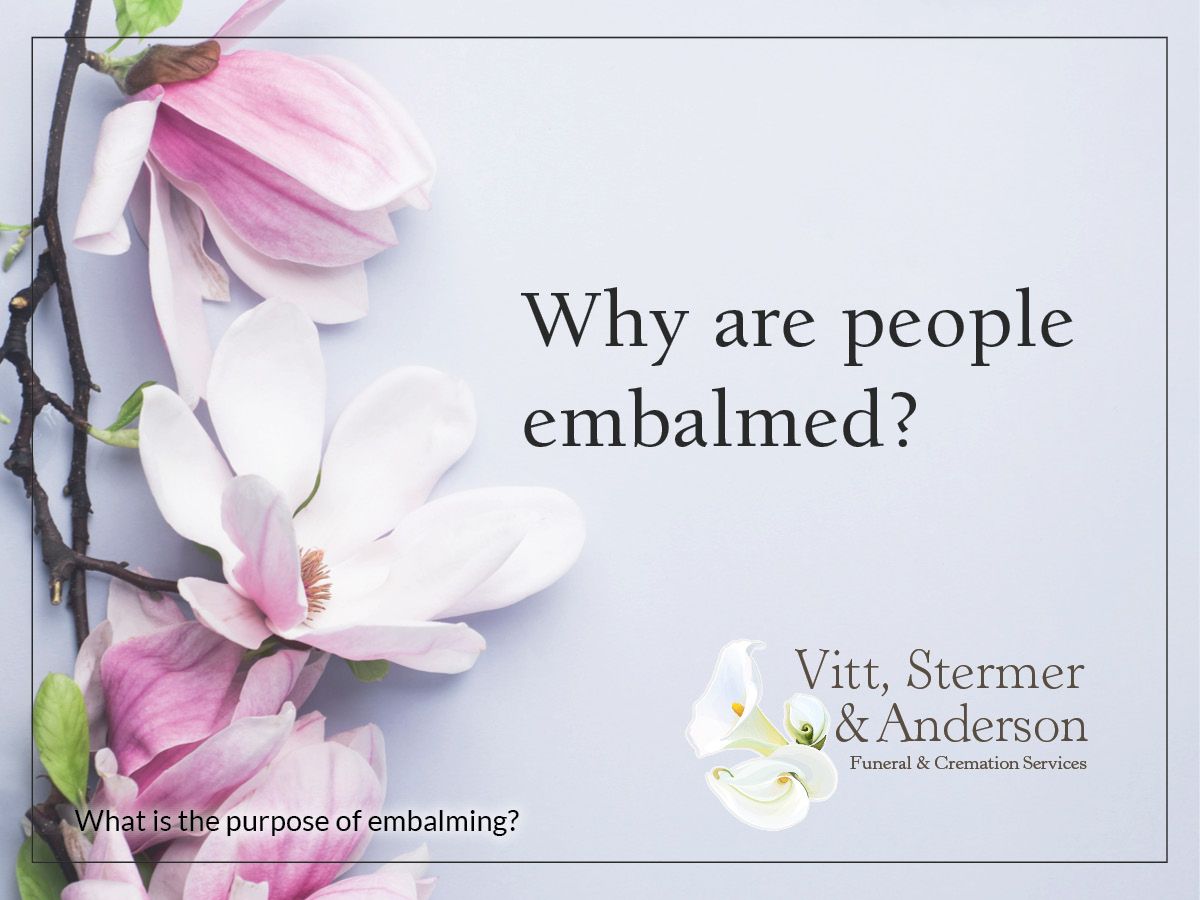Women in Funeral Service
Care of the dead is coming full circle. Before embalming came into practice, before funeral directing became a profession, and before funeral service was an “industry”, women cared for the dead. When honoring the deceased was home based the women washed and dressed the deceased and the men built the coffin and dug the grave.
Embalming came into practice during the civil war as a means of preserving the deceased and making it possible to get the mortally wounded home to their families for burial. The process of embalming changed the protocol for preparing the dead for burial. Embalming moved it from a home-based activity to the purview of a specially trained individual and eventually from the battlefield to the funeral home. Women, who had been front and center were, for the most part, no longer a part of caring for the deceased.
By the mid-nineteenth century women were often viewed as unfit for funeral work. They were considered physically and emotionally not up to the task of caring for the dead or the family of the deceased. In addition, embalming fluids were found to place the unborn child of a pregnant woman at risk. This made it even more difficult for women to find work in funeral service. It was not seen as cost-effective to hire a female who might not be able to perform all of the duties associated with funeral directing should she become pregnant.
Today, some of the stigmas have been lifted for females in funeral service. Many mechanical aids have been developed to ease the lifting burden for both male and female funeral directors. Brawn is no longer a requirement of the job. A woman’s ability to make an emotional connection with a grieving family can be seen as strength instead of a weakness.
Funerals are no longer cookie cutter events. Funerals in 2021 are out of the box. The lives of those who die are celebrated in as many ways as people themselves are individual and live individual lives. Creativity is becoming a prized skill in funeral service. Strong communication skills, having a level of comfort with asking questions to find out what the person who died loved, did, and what made them tick helps the funeral director put together a meaningful celebration of life. While these skills are not exclusive to women, they are often a part of a woman’s natural make-up, making women a perfect fit for the funeral profession.
You could say women are flocking to funeral service. In the past 40 years, the number of funeral directors who are women in the United States has jumped from 5 percent to 43 percent, according to the New York State Funeral Directors Association. And 60 percent of today's mortuary science students are women, according to the National Funeral Directors Association.

